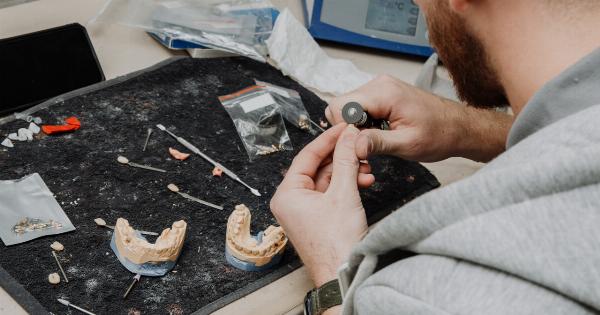Heart failure has been a leading cause of death worldwide, and there have been different approaches to manage and treat the condition.
One of the breakthrough approaches that promise to delay or even reverse heart failure is a new device designed to help improve the efficiency of the heart. The device is called the Cardioband, and it is a novel implantable system that offers a minimally invasive option for the treatment of heart failure.
The Need for a New Treatment Option for Heart Failure
Heart failure is a chronic condition that affects millions of people worldwide. It is caused by the inability of the heart to pump enough blood to meet the body’s needs.
The condition is characterized by symptoms such as fatigue, shortness of breath, and swollen legs and ankles. Heart failure is a progressive disease that can get worse over time, leading to hospitalization and even death. Unfortunately, current treatments for heart failure only provide symptomatic relief and slow down the progression of the disease.
There is a need for a new treatment option that can delay or even reverse heart failure.
Understanding the Cardioband System
The Cardioband system is designed to improve the efficiency of the heart and delay or even reverse the progression of heart failure. The system consists of a minimally invasive implant that is fitted around the base of the heart.
The implant is made of a flexible polymer that can expand and contract with the heart’s natural movements. The system also includes a delivery catheter that is used to position the implant around the heart.
The Cardioband system works by improving the function of the mitral valve, which is a critical valve that regulates blood flow in the heart. The mitral valve is responsible for preventing blood from flowing back into the lungs.
In heart failure, the mitral valve becomes inefficient, allowing blood to flow back into the lungs. This leads to shortness of breath and other symptoms of heart failure. The Cardioband system helps to improve the function of the mitral valve by reducing the size of the valve opening.
This reduces the amount of blood that flows back into the lungs, improving the efficiency of the heart.
The Benefits of the Cardioband System
The Cardioband system offers several benefits over traditional approaches to managing heart failure. One of the significant benefits of the system is that it is minimally invasive.
Traditional treatments for heart failure, such as open-heart surgery, can be very invasive and involve a significant amount of recovery time. Minimally invasive procedures, such as the Cardioband system, can be performed on an outpatient basis, allowing patients to go home the same day and resume their normal activities more quickly.
Another benefit of the Cardioband system is that it is very effective. Clinical trials have shown that the system can significantly improve the function of the mitral valve, reduce symptoms of heart failure, and improve the quality of life for patients.
In some cases, the Cardioband system has been able to reverse the progression of heart failure, allowing patients to live healthier and happier lives.
The Risks of the Cardioband System
Like all medical procedures, the Cardioband system is not without its risks. The most common risks associated with the Cardioband system are bleeding, infection, and damage to the heart.
However, these risks are relatively low, and the benefits of the system outweigh the risks for most patients.
Who is a Good Candidate for the Cardioband System?
The Cardioband system is ideal for patients who have been diagnosed with heart failure and have symptoms such as shortness of breath, fatigue, and swelling in the legs and ankles.
Patients who have an inefficient mitral valve are also good candidates for the system. The Cardioband system is typically not recommended for patients who have severe heart failure or have other underlying health conditions that make the procedure risky.
The Future of the Cardioband System
The Cardioband system is a promising new approach to managing heart failure. As more clinical trials are conducted, and more patients receive the system, we will have a better understanding of its long-term benefits and risks.
However, early results are very encouraging, and the Cardioband system is likely to become an essential tool in the fight against heart failure.
The Bottom Line
The Cardioband system is a new device that offers a minimally invasive option for the treatment of heart failure. The system works by improving the function of the mitral valve, which is a critical valve that regulates blood flow in the heart.
The Cardioband system is very effective and has been able to delay or even reverse the progression of heart failure in some patients. The system is minimally invasive and offers several benefits over traditional approaches to managing heart failure. However, like all medical procedures, the Cardioband system is not without its risks.
Patients who are considering the Cardioband system should talk to their doctors to determine if they are good candidates for the procedure.






















